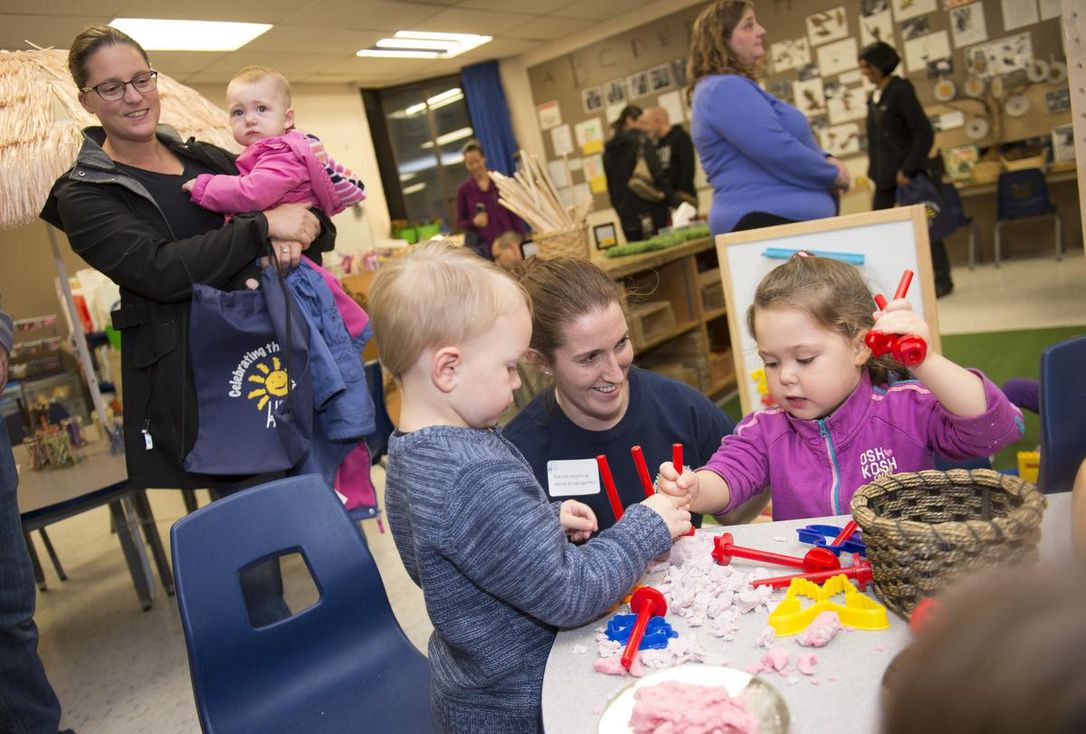A school caretaker living in his car. An education assistant who can’t pay for gas to get to work. A school secretary with no savings and who can’t afford to retire. An early childhood educator who sees her own children growing up in poverty. Professionals and paraprofessionals with degrees and diplomas who don’t earn a living wage.
These are just some of thousands of personal stories shared by Ontario education workers when their union, the Canadian Union of Public Employees (CUPE), asked them in late 2021 what it’s like to live on what they make.
Frustrated, fed up, and furious, these workers gave us the unvarnished truth and their words are signs of a workforce at its breaking point. Their stories carry common themes of hard choices, uncertainty, and exhaustion: working two and three jobs to get by; choosing between buying groceries and paying bills; being one car breakdown away from financial disaster; living on overdrafts and in debt.
These same people are the mainstay of our education system. They were in school and on the job throughout the COVID-19 pandemic. They clean and maintain our schools, support young people with special needs, keep students and schools connected and online. They work in school libraries, provide speech therapy, care for students’ mental and physical well being, guide children through their first years in the classroom. They are vital to Ontario’s public education system and yet they aren’t earning enough to live on.
Click here to read the full article on TheStar.com, written by OSBCU President Laura Walton.

